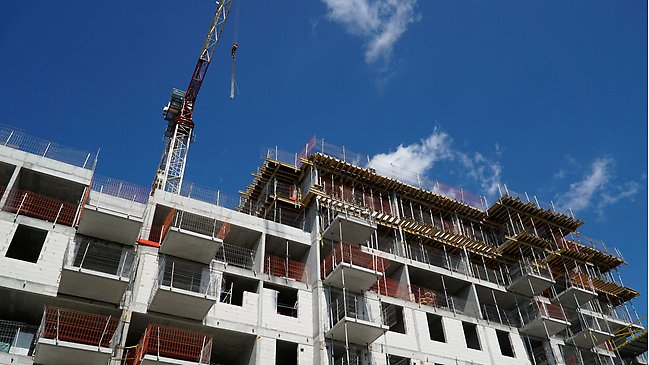Drivers and trends
NIBE works actively to create products and systems that are adapted to modern specifications for sustainable energy solutions. The aim is to increase energy efficiency and the proportion of renewable energy and thus create long-term value, both for our customers and for the climate. Like all international companies, we are affected by global trends that we constantly monitor and evaluate.
Climate change – the greatest challenge of our age
One of the biggest challenges involved in achieving a global sustainable society is to reduce emissions of greenhouse gases and slow down the current rate of climate change.
There is great international awareness of how climate change, which causes natural disasters and extreme weather conditions, is threating our living conditions, biodiversity and social stability.
The international ambition is to reduce global warming to less than two degrees Celsius. This requires a reduction in greenhouse gas emissions of 70% by 2050 compared with the level in 2010, an annual reduction of 6.5%. Unfortunately, research indicates that even greater reductions in greenhouse gases are required to stop climate change.
What NIBE does
Our products are a major contributory factor to accelerating the transition to sustainable solutions to stem climate change.

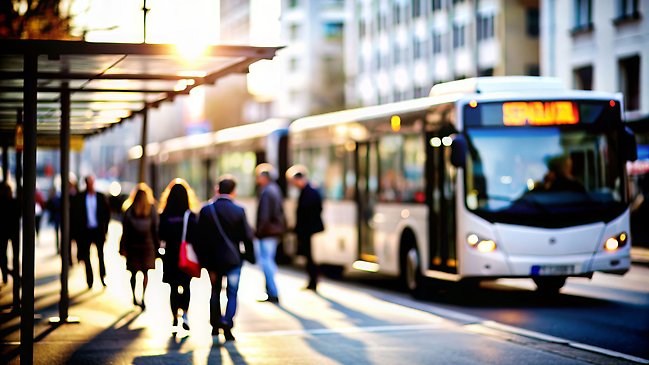
Cities account for 80% of carbon
dioxide emissions »
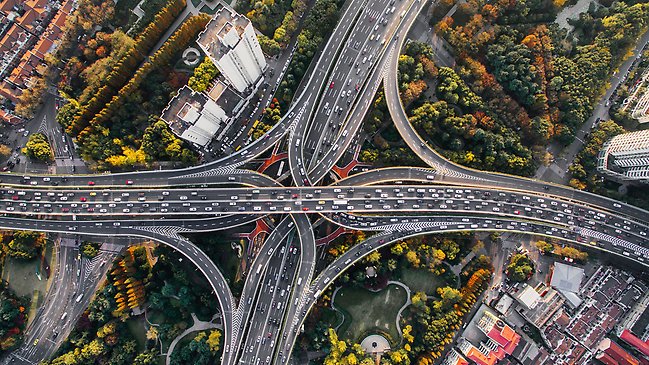
THE WAY FORWARD IS energy optimization and control »
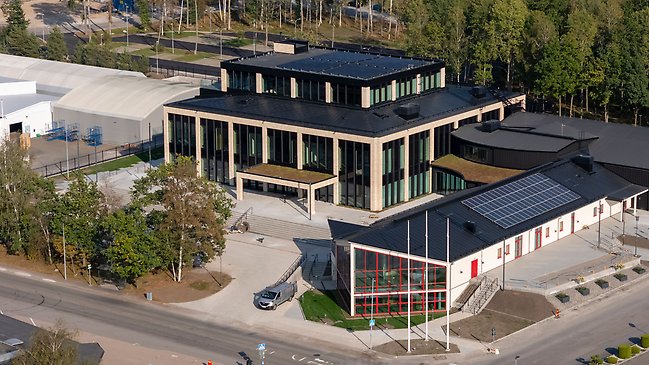
NIBE GROUP – for energy-
efficient properties »
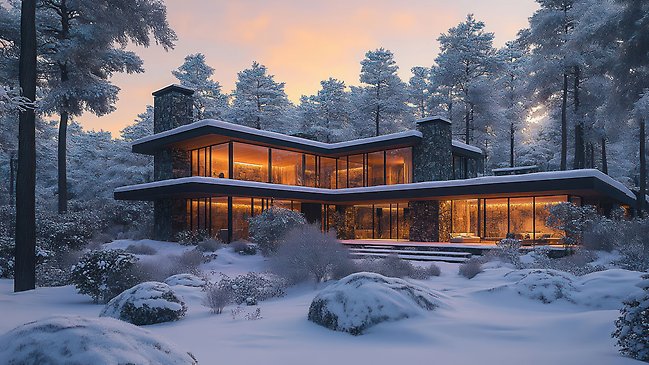
NIBE GROUP for security in everyday life in the home »
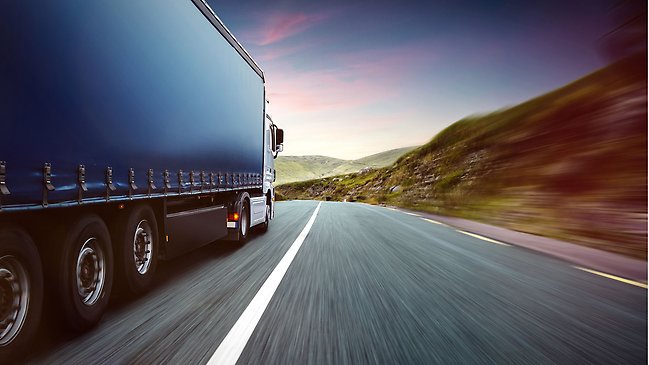
NIBE an industrial partner to many companies »


